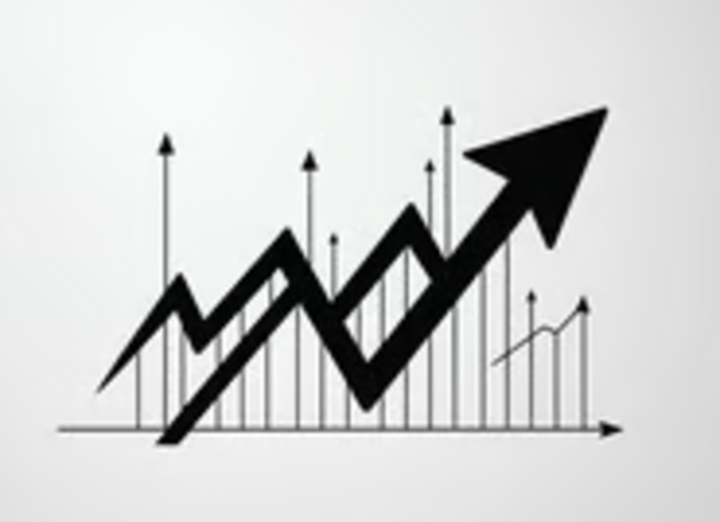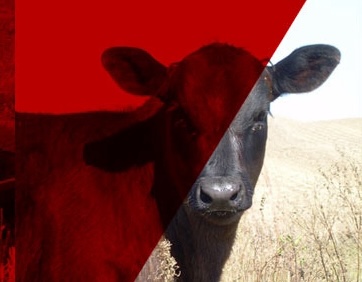Sometimes memories can be short, and it is good to take a moment to take stock of where we have been and how we got to where we are today. Current cattle prices have risen faster and gone further than many market analysts thought possible over the last two years. This increase in prices has been across all classes of livestock including fed cattle, weigh-up cows, feeder cattle, calves, and impacting bred cows and bulls as well.
Iowa State University annually publishes the Historical Cattle Prices document that shows average prices paid for different classes of cattle over the last 20 years by month and an average for each respective year. This market report shows prices paid for cattle in the state of Iowa as well as breaking utility cow prices from the Joplin Regional Stockyards in Missouri. These market prices would be comparable to prices paid in Nebraska for similar classes of cattle of like kind and quality.
Looking at the report issued in March of this year; it reveals the following:
- Live choice steers averaged $187.92 in 2024, up almost $80 per cwt from the $108.51 per cwt average paid in 2020 when COVID-19 was having the most impact.
- The average price for breaking and utility cows doubled during that same time frame, going from an average of $60.05 per cwt in 2020 to $123.92 per cwt in 2024.
- Medium and large framed steers weighing 700-800 lbs. averaged $141.92 per cwt in 2020 and increased to $263.43 per cwt in 2024.
- Steer calves weighing 500-600 lbs. averaged $163.45 per cwt in 2020, increasing to $314.65 per cwt in 2024, just shy of doubling in price over the four-year period.
Prices over the first seven months of 2025 have trended solidly up across the board compared to a year ago for all classes of cattle. Because prices have continued to increase for all sectors, profits will generally be realized by cow-calf producers, stocker-yearling operators and cattle feeders in 2025. Historically, when prices have gone up like this in the past and cow-calf producers began to experience sustained levels of profit, they begin moving towards increasing calf supplies through retaining heifers for breeding if forage is available. With the widespread rains relieving drought this late spring and summer across the heart of the leading cow-calf producing states, it seems likely that cow herd building through the retaining of heifers will soon be underway; if it is not already.
Consider Price Risk Management at Record Highs
When prices are at profitable levels, have been going up and are going higher, there is the temptation to do nothing from a price risk management standpoint. Frequently folks who spent money on price protection or forward contracted cattle, just to see the price go roaring higher, find themselves questioning if using price protection is prudent when they are feeling the recent disappointment of having left “money on the table.” This is where pausing and looking back historically at what has occurred with prices in the past can bring perspective. When prices increased dramatically in previous times, resulting in periods of exceptional profitability, those seasons have been followed by times of significant price decline. How soon and how far prices will fall is unknown. However, cattle are still a commodity, and the prices paid for a commodity, over time historically, have generally moved towards breakeven.
A marketing plan with price risk management as a component of that would seem prudent under current market conditions. For those thrilled with current prices, forward contracting calves or feeder cattle is an opportunity to lock in the current market for this year’s production. For others, protecting a profit by using tools such as Livestock Risk Protection insurance or put options to protect a floor price based on the futures price, allows a producer to protect from significant market declines nationally while leaving the opportunity for the market to move to the upside and benefit from price increases.
How much profit are you expecting to make per head this fall on a weaned calf or on a yearling with current futures prices? Would you be willing to spend $30 per head to protect a $300 profit? Would you be willing to spend $50 per head to protect a $500 profit? Doing nothing from a price risk management standpoint is in fact doing something! It is in a sense stating that you are willing to accept all the risks and the consequences of whatever the market does between now and your expected date of cattle marketing.
Black swan events that drastically impact market prices can and do occur. Historically, the profit levels that can currently be protected under expected market conditions for calves and yearling prices this fall are extremely rare events. Is protecting a profit at current cattle prices something you can afford not to do?
Article by Aaron Berger, Nebraska Extension, Livestock Educator

